Introduction
There is an urgent need to improve the success rate of mangrove restoration schemes. Since the 1980s, mangrove forests around the world have declined by 20%. A huge number of projects fail simply because the wrong mangrove trees are being planted in the wrong locations. Incredibly, long-term survival rates of mangroves are as low as 10%.
To increase the success rate of mangrove restoration schemes, it is important to understand the hydrological conditions of a site. However such information is rarely easily affordable and therefore not accessible. Therefore, practitioners often base their decisions on whether or not a site is suitable for mangrove planting on very little or no monitoring at all. To overcome this barrier Mini Buoys is a promising technology that are inexpensive & open-source sensors that are placed in potential restoration sites. The design, calibration, and application is described here. This as been developed by different expert partners in the U.K., U.S., Canada, and Indonesia who are collaborating in the project MOMENTS.

The Mini Buoy costs less than $400 to assemble, and the materials to build one can be purchased around the globe. Given their low cost, several Mini Buoys can be deployed across a site for up to 6 months, gathering detailed information on where best to plant mangrove trees. There is a handy App, so anyone can upload data and find out if a site is suitable for restoration.
This text was taken from a blog written by Cai Ladd, Glasgow University. He works for the Living Deltas Research Hub.
To read more on this topic, please click on the links below.


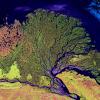


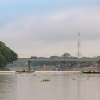

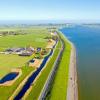
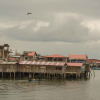

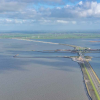

Trending Discussions
From around the site...
“Absolutely interested! I'll connect via email to discuss reviewing and enhancing the Economic Analysis of Climate...”
Adaptation-related events at COP28 (all available to follow/stream online)
“Please check out these adaptation-related events taking place at COP28 - all available online (some in person too if...”
Shining a light for biodiversity – four perspectives to the life that sustains us. Four hybrid sessions.
“30 November to 19 December 2023 - Four Sessions Introduction The SDC Cluster Green is happy to invite you to the...”